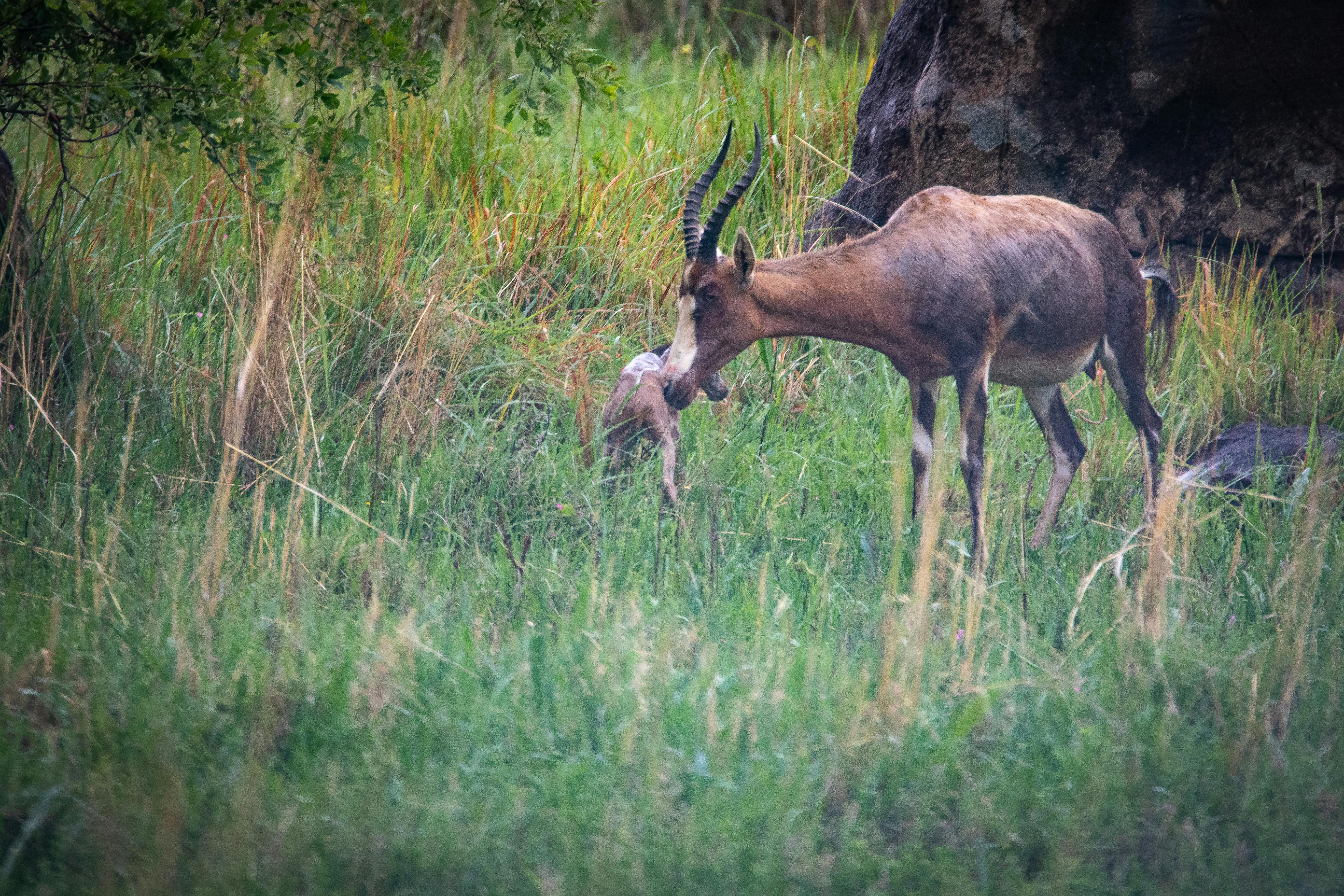The beginnings of the Moroccan Berber carpet, its origins and the importance of its motifs go back a long time. It does not come from the oriental rugs of the Islamic period, but the similarity of the knotting technique and certain patterns indicates common roots.
Far from the great civilizations of Antiquity and far from the cultural exchanges of the Silk Road, the Moroccan Berber carpet has preserved its originality in the mountainous regions of the Atlas and the Atlantic plains.
When the motifs of the Moroccan Berber carpets are put together with the signs of parietal art and the artifacts of the first cultures of man, the same principles are found in the use of signs and forms, and there are striking similarities or correspondences, even with the phenomena from the Upper Paleolithic of Europe, the Eastern Neolithic and the Mediterranean basin. Thus, the Moroccan Berber carpet can perhaps be considered the last testimony of this archaic world.
The abstract and geometric language of the Moroccan Berber carpet is derived from the body, form and functions of the human sexual organs. Based on the duality and the meeting of the two sexes, it becomes the expression of a magic of universal fertility, which includes all of nature.
As an artistic creation of the Berber woman, her carpet mainly reflects the phases of her life and the experience of her sexual life: as a virgin, as a new wife, union with the man, pregnancy and childbirth.
In the twelfth and thirteenth centuries, the beauty of carpets and tapestries stood out, as well as the place that this production occupied in Morocco.
In the Middle Ages, Moroccan Berber rugs were among the gifts offered to foreign ambassadors and were an important component of trade caravans where camels were seen in silk and gold thread.
Among the different meanings of the term “carpet” in Arabic origin, we can keep the term “flower bed” or “that stretches on the ground used as support”.
The Moroccan Berber carpet is a luxury gift, and in the 19th century, the Moroccan Berber carpet was one of the most exported products to Europe. It was very present in France during the world exhibitions of 1867, 1878 and 1889. At the end of the 19th century and the beginning of the 20th, carpet weaving was very present in almost all Moroccan cities.
The Moroccan Berber carpet is an art based on the knowledge of the ancestral civilization of people who, throughout history, have expressed their knowledge through decorative means, sculptures, poems, drawings, colors, etc.
A Moroccan Berber carpet is, therefore, an artistic object made in families with a great pastoral tradition and who generally depended on breeding and agriculture for their subsistence. The manufacture of traditional rugs, in all its forms, requires the presence of certain basic conditions, tools and equipment, including:
– Pure and healthy wool, as a raw material that will be transformed into threads of different sizes and properties, natural dyes.
– A suitable material in different ways, depending on the intended use.
– Competent staff who master traditional weaving techniques and decorative patterns.
Moroccan Berber carpet weaving is an essential activity in some regions, as it plays an important economic role in supporting families. Then follows a traditional mode of marketing, based on barter. In a household, men and women work cooperatively. The wife is in charge of weaving and modeling the rugs, and the husband is in charge of marketing in the weekly markets and buys the food and other products they need to live.
From an artistic point of view, the best Moroccan Berber carpet is still made in some Berber regions from local natural products (dyes). The decorative motifs used are an expression of the culture of the tribe from which the product comes. These motifs relate the spirit of coexistence that has always existed in these tribes from a distant history with people of different convictions and different civilizations.
Mastery of the art of carpet weaving is passed down from mother to daughter, which is a learning tradition in rural areas.
The traditional common visual language of the community, as well as the techniques for tying the weaving threads with fingering, are also learned on the job.
The decorative patterns on the different fabrics are very significant and differ from tribe to tribe. The carpet is a Berber-speaking tradition because it was in southern Morocco, in the High and Middle Atlas.
Berber tradition rugs are the most important and representative category in the world of Moroccan rugs.
The Moroccan Berber carpet is a reflection of the history of Morocco, it is a reflection of the daily life and daily feelings of Berber women, each type of Moroccan Berber carpet has its own characteristic based on the place where it comes from and the History of this zone.
